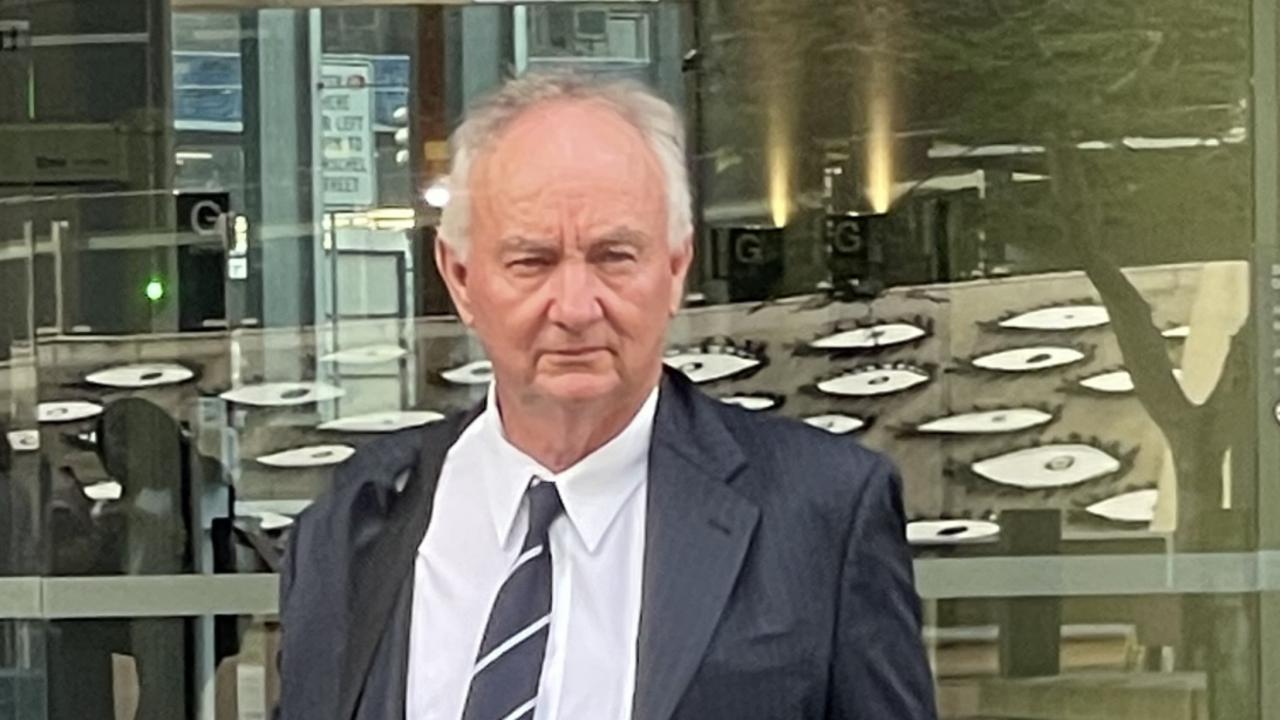Pilot Leslie Ronald Woodall faces trial for fatal Agnes Waters plane crash
A jury has watched chilling footage of a plane crash north of Bundaberg which claimed the life of a passenger as the pilot’s decisions after engine failure are placed under a microscope in court.

QLD News
Don't miss out on the headlines from QLD News. Followed categories will be added to My News.
Chilling footage of a plane crash north of Bundaberg which claimed the life of a passenger has been played to a jury, as the pilot’s split second decisions after engine failure are placed under the microscope at trial this week.
Leslie Ronald Woodall is on trial in Brisbane’s District Court this week for his choices as pilot in the 2017 crash that killed a passenger north of Bundaberg.
A jury has heard how Woodall was piloting a light aircraft flying from Agnes Water to Middle Island on January 10, 2017 – as he had done so approximately 1000 times before – when an engine failed.
A 29-year-old woman from the United Kingdom was killed after the plane crashed onto a beach near Bustard Head, with the crucial piloting decisions made just seconds before her death captured in video by a surviving passenger.
The eight-minute video captured scenic views of Agnes Water before the plane suddenly turned left towards the beach, with the horizon captured near a 45-degree tilt.
A squealing warning signal could be heard in the background before a crunching sound of collision and a man’s voice cursing “s--t”.
Mr Woodall watched the video alongside a jury on Monday, after he pleaded not guilty to dangerously operating a vehicle causing death and grievous bodily harm.
His split second decisions in the 30 seconds following the engine failure before impact will be carefully scrutinised by experts throughout the trial.
Crown prosecutor David Nardone told the jury in his opening submissions that Woodall’s choice to turn left towards the beach following the engine failure – allegedly triggering the plane to stall and crash – went against his pilot training.
Former Civil Aviation Safety Authority worker Timothy John McNamara, who investigated the crash at the time, told the jury that pilots were trained to maintain control of the aircraft when engines failed.
He said Mr Woodall’s choice to continue turning left, increasing the stall speed, despite the audible warning signal that the plane was about to stall, was not consistent with training.
Mr McNamara discussed in detail the “limited” options a pilot would have in Mr Woodall’s circumstances, in which the plane was just under 200ft in the air.
He pointed out a safer alternative landing position which could have been reached if Mr Woodall had followed training to glide forward with a slight turn up to 30 degrees from centre, with his wings level.
“At that point it is inevitable that you are going to land,” he said.
Mr McNamara said Mr Woodall simply hadn’t had enough elevation to execute the turn he had attempted.
He said in his opinion, the plane didn’t crash because of the engine failure – but because of the pilot’s decision-making.
Mr Woodall’s defence team emphasised the short amount of decision-making time Mr Woodhall had had, and how recommended engine checks would have further cut that time down.
The trial is expected to continue throughout the week.
Originally published as Pilot Leslie Ronald Woodall faces trial for fatal Agnes Waters plane crash






